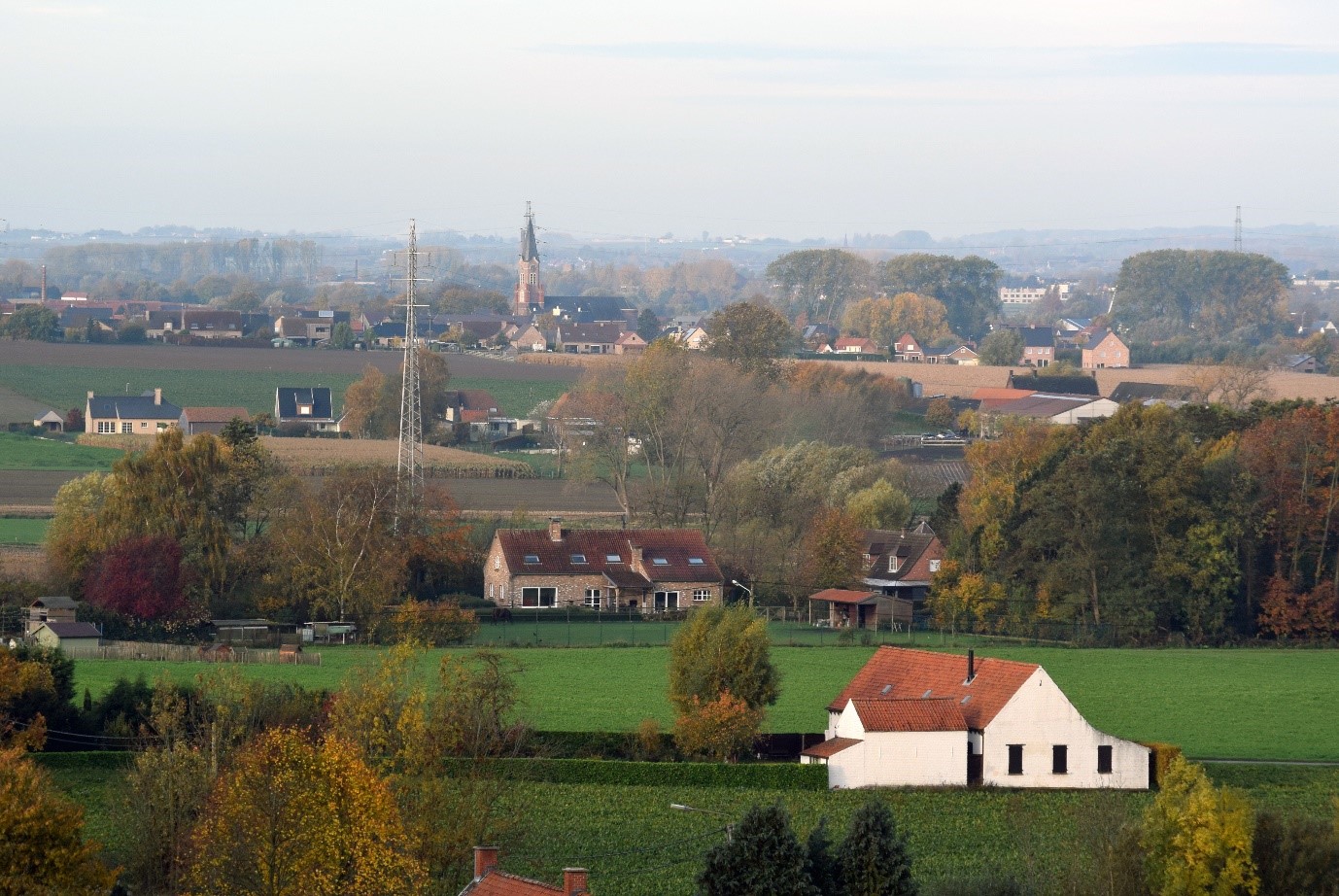Old Landscapes, New Urbanities
Prof dr Maarten Gheysen
1 master semester 1 2021-2022
Urban Cultures Engagement
English
Campus Ghent
While large parts of Flanders are neither urban neither rural much of the recent investments, policy, capacity building,.. are focusing merely on the urban elements of this territory. Following the large scale investment in the historical cities, we recently witnessed the renaissance of many of Flanders cities.
However, the old landscapes of Flanders are facing exactly the same challenges as their urban counterparts. Aging, mobility , climate change and loss of biodiversity,… are as prominent in what we call All City/All Land as in the historical cities. But in contrast to the strong policies and massive investments in the cities, the ‘rest’ of Flanders is addressed as ‘sprawl’ and branded in a rather negative way. Some even hint on a total demolition of this territory.
But while policy and public opinion often focus on the negative and unwanted outcomes of sprawl, a number of qualities can be found in All City/All Land. The omnipresence of open spaces and landscapes, the easy accessibility of amenities, the cheaper housing prices,… are just a few of these qualities. And yet it seems we fail to valorize these qualities. Public spaces are often a copy of urban public spaces, elderly people are housed in large scale facilities, public transport is based on hub-spoke models and so on. All of these ‘solutions’ find their origin in the traditional urban context and are than applied in a non-urban context.
Confronted with this a number of questions arise:
How can people age in this specific context? How to cope with the car-dependency? How to work and live in a more sustainable relation with the omnipresent landscape? What to do with the outdated housing stock?
While architects cannot solve the global scale problems we however can reflect on their local impact and define an attitude and answer on the small scale to coop with the global scale.
To tackle these rather open questions this studio will work with the following approach:
Act 1: The double case study – group work W1-W4
Using a comparative analysis, an urban and an All City/All Land case in South-West Flanders are observed, analyzed and questioned. By this comparison students will learn the difference between both contexts and get grip on the specificity of All City/All land.
Act 2: What is at stake? – group work W5-W6
Departing from the key text “the new urban question” students are confronted with the different challenges this territory is facing. Based on the double case study, each student is asked to define clearly a problem statement and a possible answer.
Act 3: How to Act? – individual work W7-W12
Based on an understanding of the context and a problem statement each student takes a position. As long as these positions address the problem statement they can range from a realistic to an utopian approach.
Act 4: The Architectural intervention! – individual work W7-W12
Finally, each students is asked to develop an individual architectural intervention. These interventions can be understood in the broad sense from a building to a construction to a public space. These interventions formulate an answer to the urgencies and questions at stake.
All City/All Land. A non-binary dialogue of city and land, resulting in a fine grained territory with nature, agriculture, housing, recreation,…
© Maarten Gheysen, 2016

